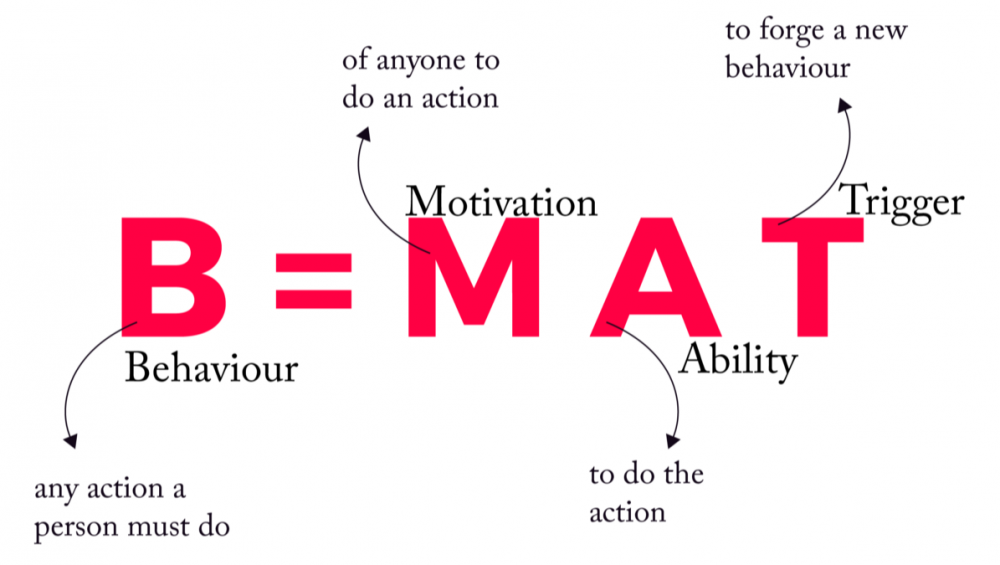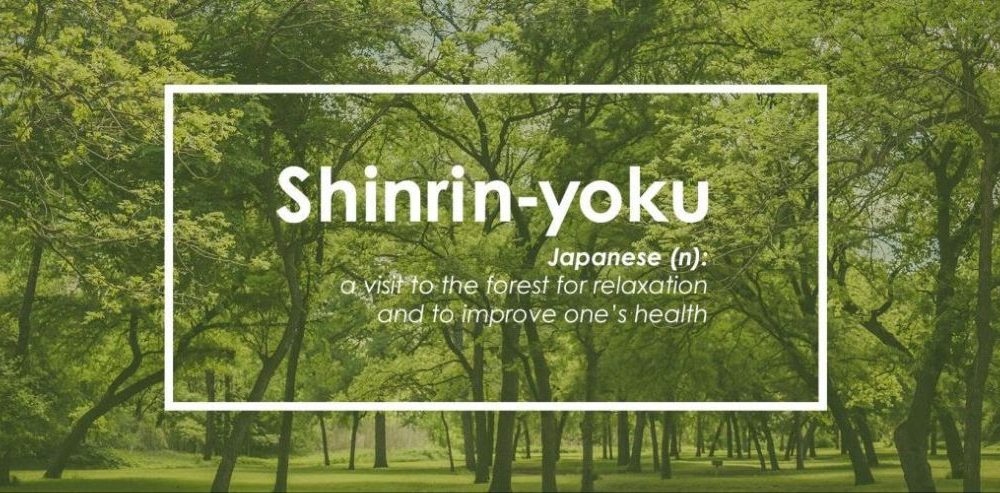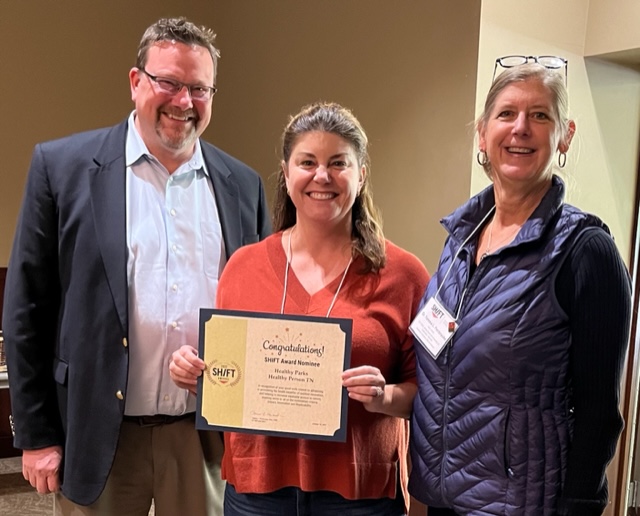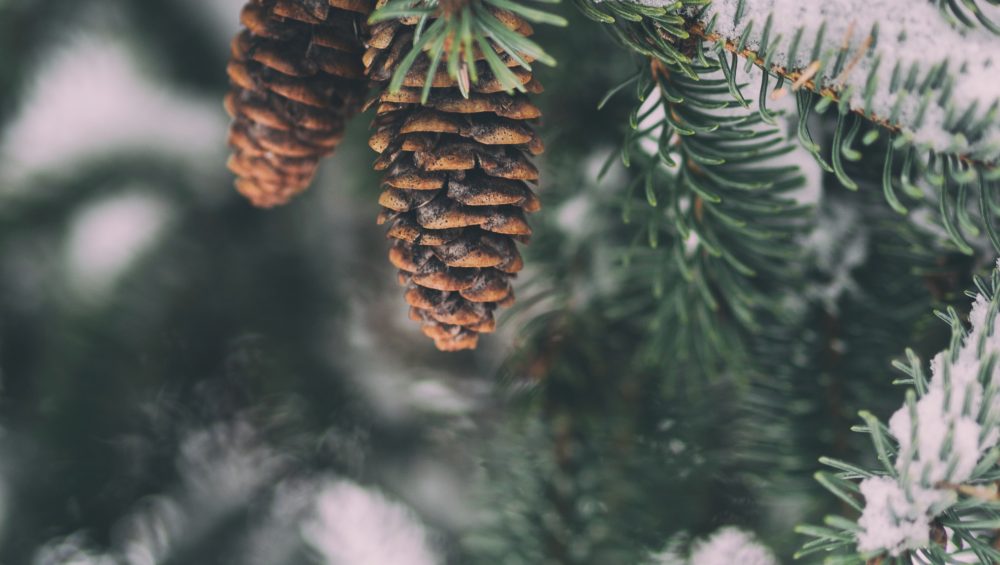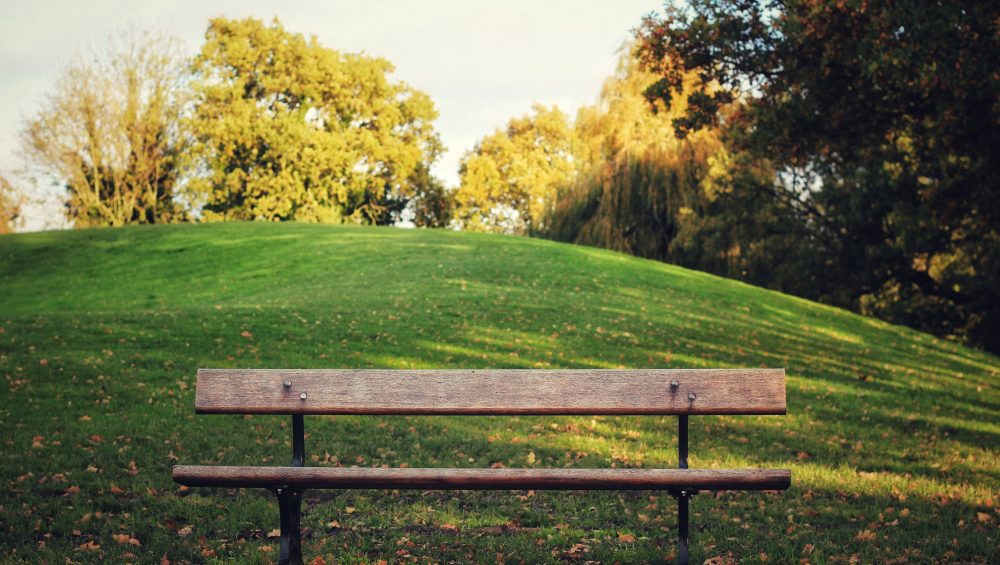 Gardening is a fulfilling activity that benefits both physical and mental health. It provides moderate exercise, sunlight exposure, and a connection to nature that can reduce stress, promote mental clarity, and foster relationships. Gardening is a nurturing space for the mind, body, and spirit.
Gardening is a fulfilling activity that benefits both physical and mental health. It provides moderate exercise, sunlight exposure, and a connection to nature that can reduce stress, promote mental clarity, and foster relationships. Gardening is a nurturing space for the mind, body, and spirit.
The repetitive nature of gardening tasks such as weeding or pruning can be meditative, reduce stress, and increase mental clarity. Caring for living plants and being connected to nature can also bring a sense of achievement and happiness, and is a great way to involve children in the process! Gardening can be a solitary activity for introspection, or a social activity that strengthens relationships, both important for emotional health.
Check out this Research Digest that summarizes studies focusing on the benefits of garden-related activities for children.
And if you are not sure what to plant in your home garden, take the Garden for Wildlife Plant Finder Quiz! Enter your location, amount of available space, and hours of sunlight to identify plants that help local wildlife and the planet.
Are you gardening this Spring? While we don’t have a gardening-specific HPHP activity button in the app just yet (it’s coming!), you can log your gardening as “Play a Sport!”



